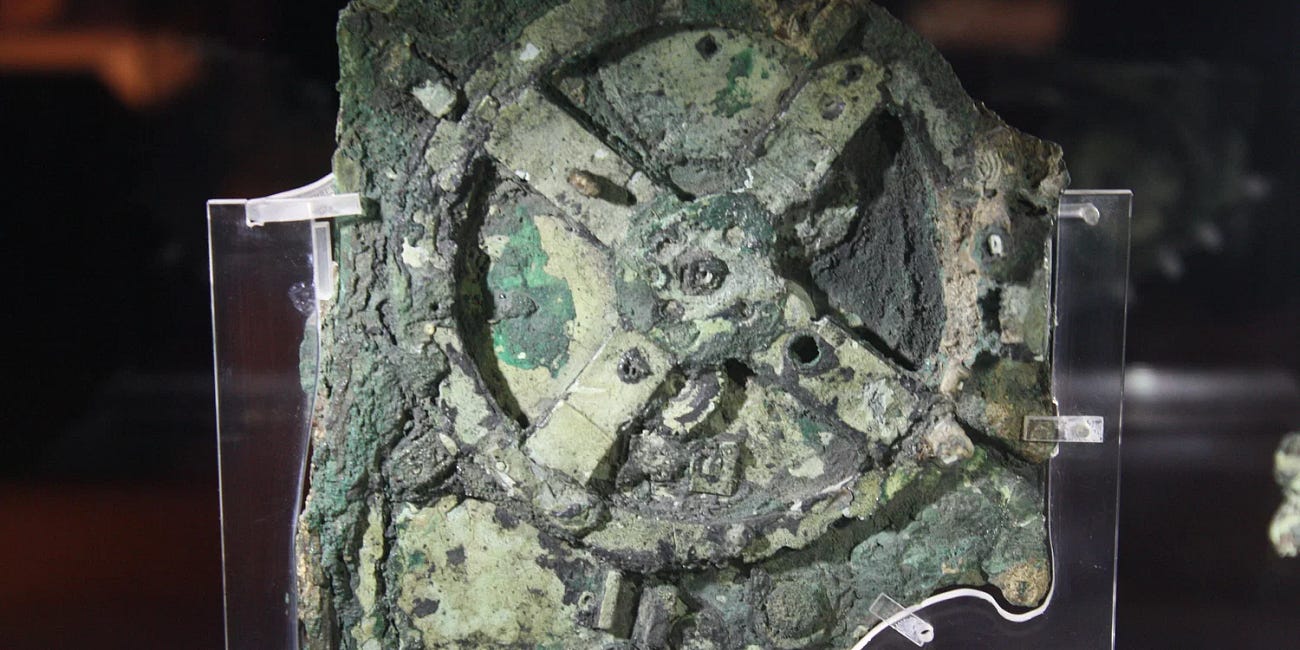“A little to the left!” never sounded more like two farts and a sneeze before.
The Mover grunted and repositioned his massive linebacker’s body just a hair, so that he could step just the slightest bit to the left. The sofa they were trying to maneuver through this doorway didn’t look like it was going to fit, but the Director herself had measured the doorway and the dimensions of the sofa.
They both knew it could be done, but it had to be positioned just right. The only problem was that communication in this hallway was really difficult: sound waves traveled in a very weird way, so you could only make two distinct sounds that could be heard by another person in the hallway.
One sound was like a fart and one was like a sneeze. The Director devised a clever way of communicating to the Mover, using nothing but farts and sneezes to navigate through the hallway and into the bedroom on the other side.
How did the Mover hear “A little to the left!” when the rest of us heard two farts and a sneeze?
That clever scheme the Director came up with is called binary encoding, and with just farts and sneezes, it turns out you can make any move instructions you can possibly imagine. The farts and sneezes of the internet and of modern computing are thought of as ones and zeros, although that’s just one way to encode binary.
If you get down to the level of transistors, all you really need to know is “on or off”, and if you put enough of them together, you can create Super Mario Brothers 2 or encode the DNA of any species.
You’ve probably heard of the dichotomy between analog and digital things. Analog signals or methods of calculation involve a much more intuitive approach. We don’t send a series of ones and zeros to our stove top when we want to turn it down just a hair—we just twist the knob a certain amount.
The oldest computer in the world, in fact, uses twisting knobs too. The Antikythera Mechanism could calculate precisely where (in the night sky) the Sun, Moon, and planets would be at a given date far into the future. To allow the user to perform these delicate, intricate calculations, the mechanism used the first ever known set of scientific dials.
You could just turn the knobs until you reached the right date, then see how everything lined up. This was a lot like the modern version of turning down the heat on your stovetop, and if you’re interested in more of a deep dive into this 2000 year old device, you’re welcome to bookmark this for later:
Antikythera Mechanism
Computers are the building blocks of the modern world. Nothing really symbolizes the current era of human existence like them.
When you turn those knobs to start the calculation, the wheels within Antikythera don’t start to spin by magic, but instead by a system of interconnected gears. While it might feel as though you’re twisting a knob, what you’re really doing is adding one tiny little gear jump at a time.
These gear jumps are discrete, just like ones and zeros. It’s only in the combination where intricate things are possible, and that combination is exactly what happens inside of a modern computer today.
One gear moves and then turns another, which turns another, and so on. In this manner, just one single binary action (a click of the wheel) can change the entire system, and in combining lots of gears, Antikythera shows us that binary can lead to vast complexity.
Click once to the right, and you have a fart. Click once to the left, and it’s a sneeze.
With just those two ingredients, vast complexity emerges.






Once i took a machine language class that used an old PDP 9 where you manually dialed each the value into 8 bit registers (8 combos of zeros/ones/farts/sneezes). You cranked each one in with a physical switch and when you had cranked in all your commands you ran the program. So it was a combo analog/digital thingamabob! I will ever be amazed at how much you can build from just those two states. Well that and the speed of light.
Forget everything you wrote.
I want to know how someone achieved the level of body control to be able to sneeze and fart precise instructions on demand.